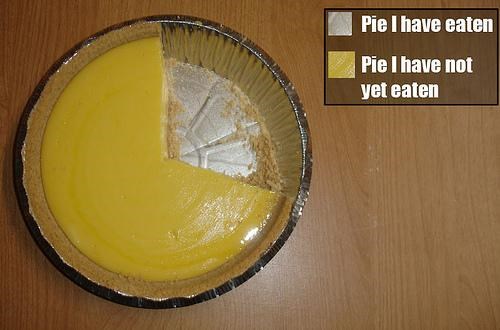- Joined
- Jun 17, 2012
- Messages
- 371
Might be some poor math. If that's the case, hopefully someone who's less mathematically challenged than me could fix this equation.
For years I've liked saber-grinds for batoning. One of my assumptions was thicker blades of the same material/heat treat/etc... were by definition stronger. But then it dawned on me I didn't know the overall volume and a thinner blade with more material might be stronger. The crux of this theory is people often look at thickness of a blade and discount the triangle-ish (I know they all aren't perfectly flat nor symmetrical) shape at the bottom. The thickness argument should only be true if we were dealing with two rectangles of different thicknesses. So I took some of my blades and measured them to come up with two theoretical knives and calculate the volume or rather amount of metal used. Both blades will be 1.25 inches in height. The scandi-grind will be 5/32 thick and the saber-grind will be 3/16 or rather 6/32 thick. Length of blade will be discounted and assumed to be the same length. I've converted some of the common fractions we use to make the equations easier to work with. Please feel comfortable with correcting any mistakes.
Scandi 1.25 inches height (or 40/32)
- 5/32 Thick * 32/32 height = 160/32 .... 32/32 represent 1in worth of flat before the blade begins to taper.
- Blade taper; 5/64 (half base) * 16/64 (height) = 80/64 or 40/32 ... Both my scandi-grinds have about .25in in taper.
- Total = 200/32
Saber 1.25 inches height
- 6/32 (or 3/16) * 12/32 (or 3/8) height = 72/32
- Blade taper; 3/32 (half base) * 28/32 height = 84/32
- Total = 156/32
Assuming this is a fair estimate, there's still a problem. In my testing, thicker blades allow for less strikes in batoning. This means the potential increase in durability from a scandi-grind would need to out weigh the increase in strikes. What are your thoughts on all this?
For years I've liked saber-grinds for batoning. One of my assumptions was thicker blades of the same material/heat treat/etc... were by definition stronger. But then it dawned on me I didn't know the overall volume and a thinner blade with more material might be stronger. The crux of this theory is people often look at thickness of a blade and discount the triangle-ish (I know they all aren't perfectly flat nor symmetrical) shape at the bottom. The thickness argument should only be true if we were dealing with two rectangles of different thicknesses. So I took some of my blades and measured them to come up with two theoretical knives and calculate the volume or rather amount of metal used. Both blades will be 1.25 inches in height. The scandi-grind will be 5/32 thick and the saber-grind will be 3/16 or rather 6/32 thick. Length of blade will be discounted and assumed to be the same length. I've converted some of the common fractions we use to make the equations easier to work with. Please feel comfortable with correcting any mistakes.
Scandi 1.25 inches height (or 40/32)
- 5/32 Thick * 32/32 height = 160/32 .... 32/32 represent 1in worth of flat before the blade begins to taper.
- Blade taper; 5/64 (half base) * 16/64 (height) = 80/64 or 40/32 ... Both my scandi-grinds have about .25in in taper.
- Total = 200/32
Saber 1.25 inches height
- 6/32 (or 3/16) * 12/32 (or 3/8) height = 72/32
- Blade taper; 3/32 (half base) * 28/32 height = 84/32
- Total = 156/32
Assuming this is a fair estimate, there's still a problem. In my testing, thicker blades allow for less strikes in batoning. This means the potential increase in durability from a scandi-grind would need to out weigh the increase in strikes. What are your thoughts on all this?


